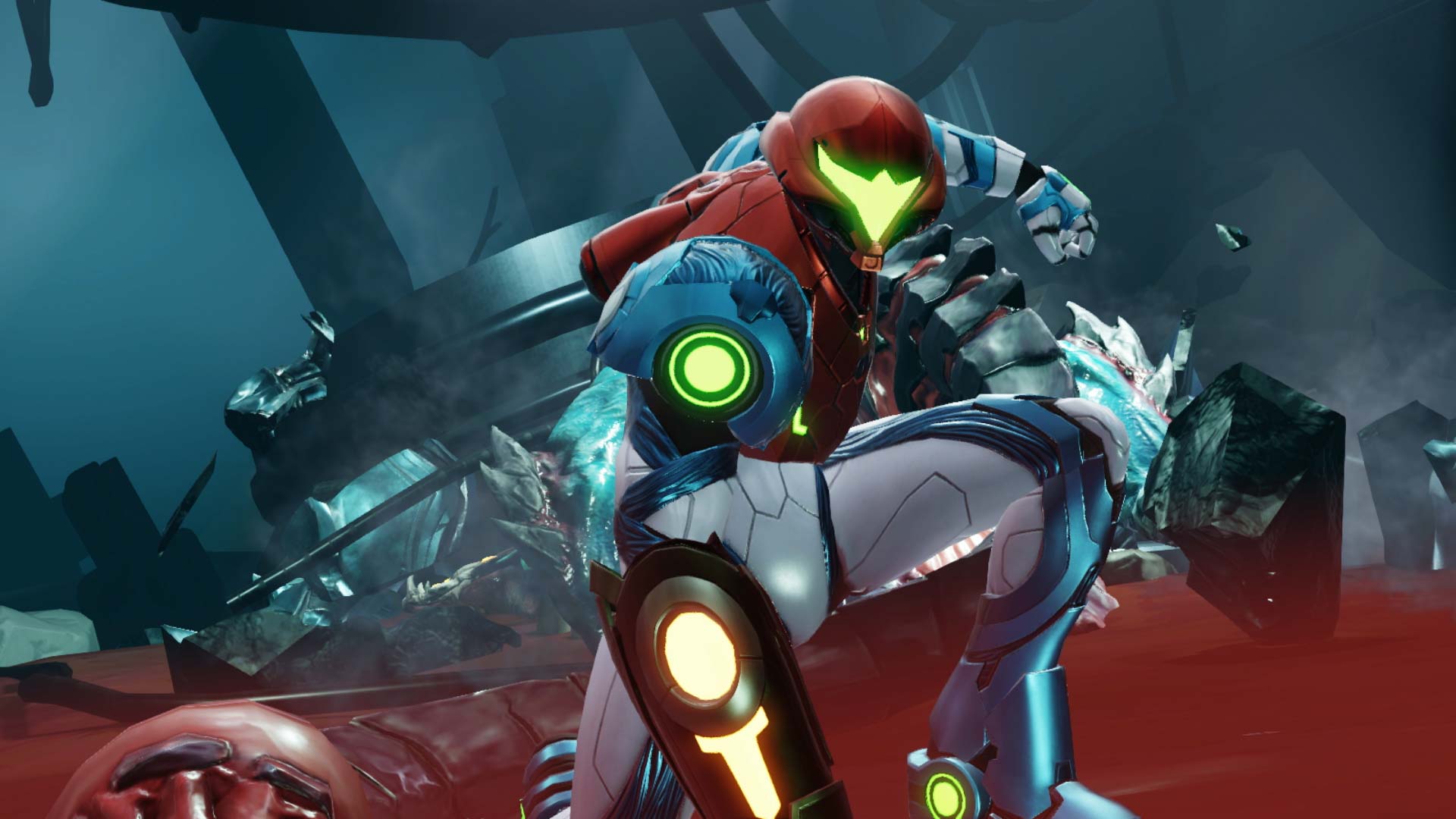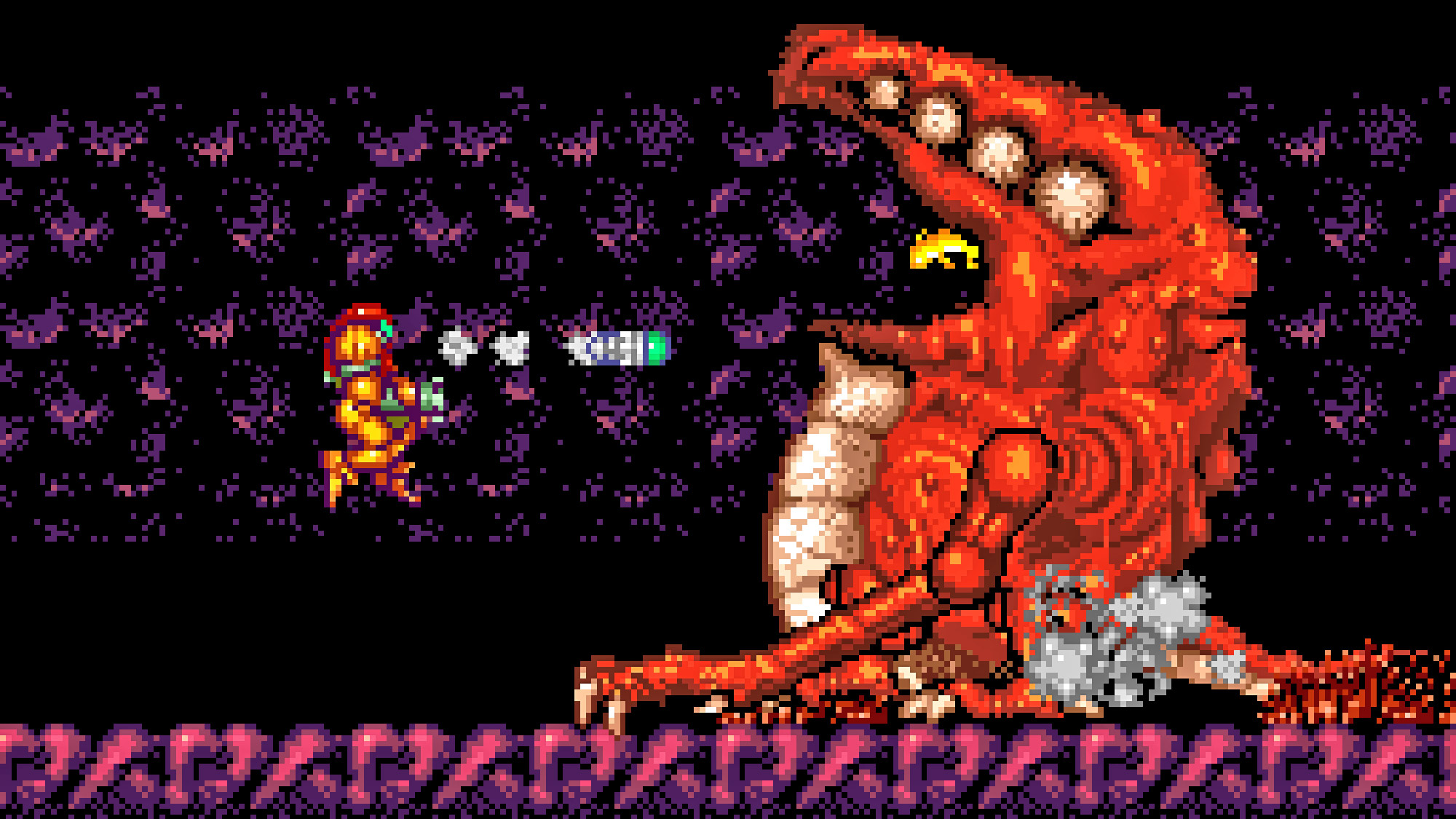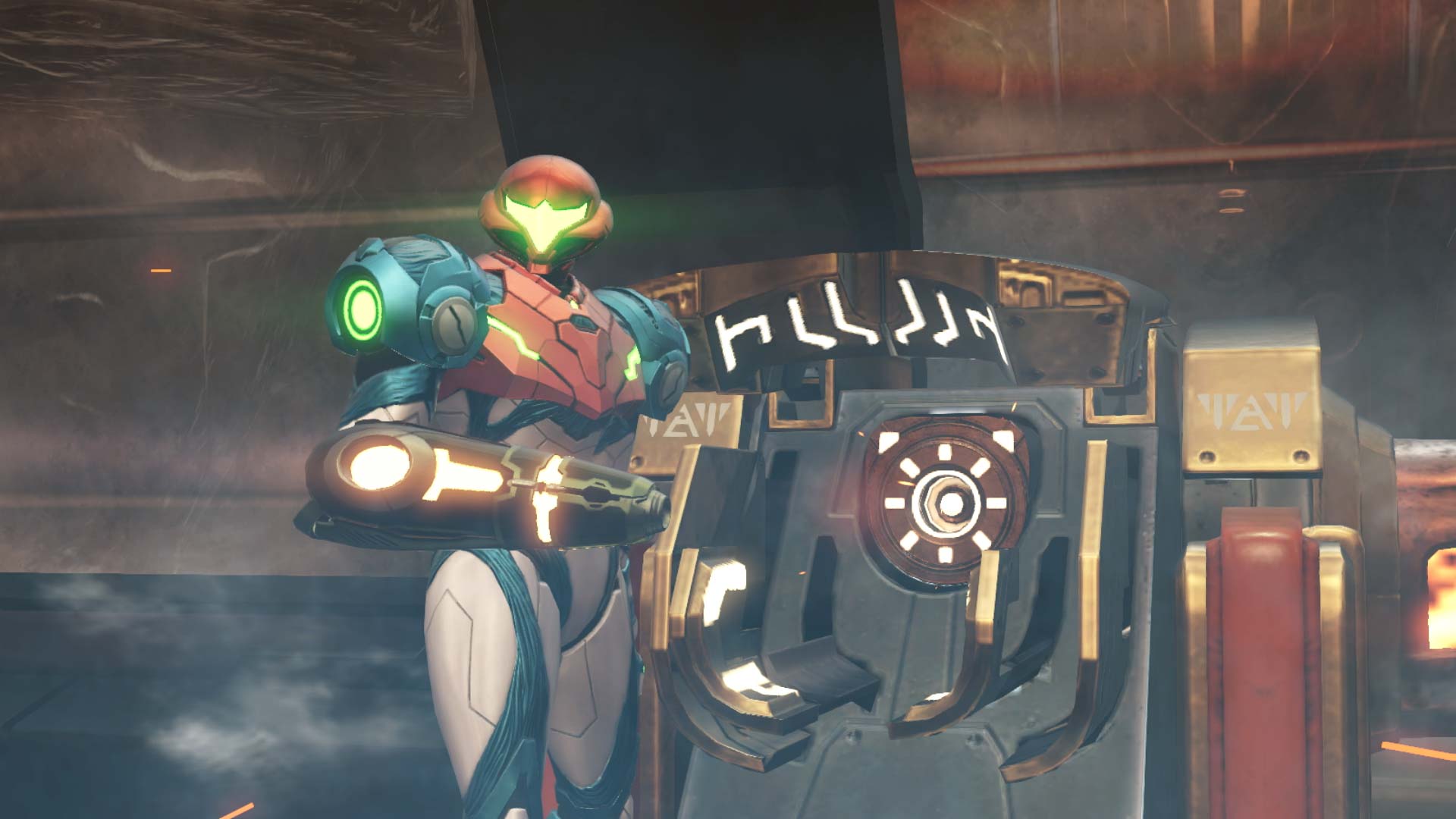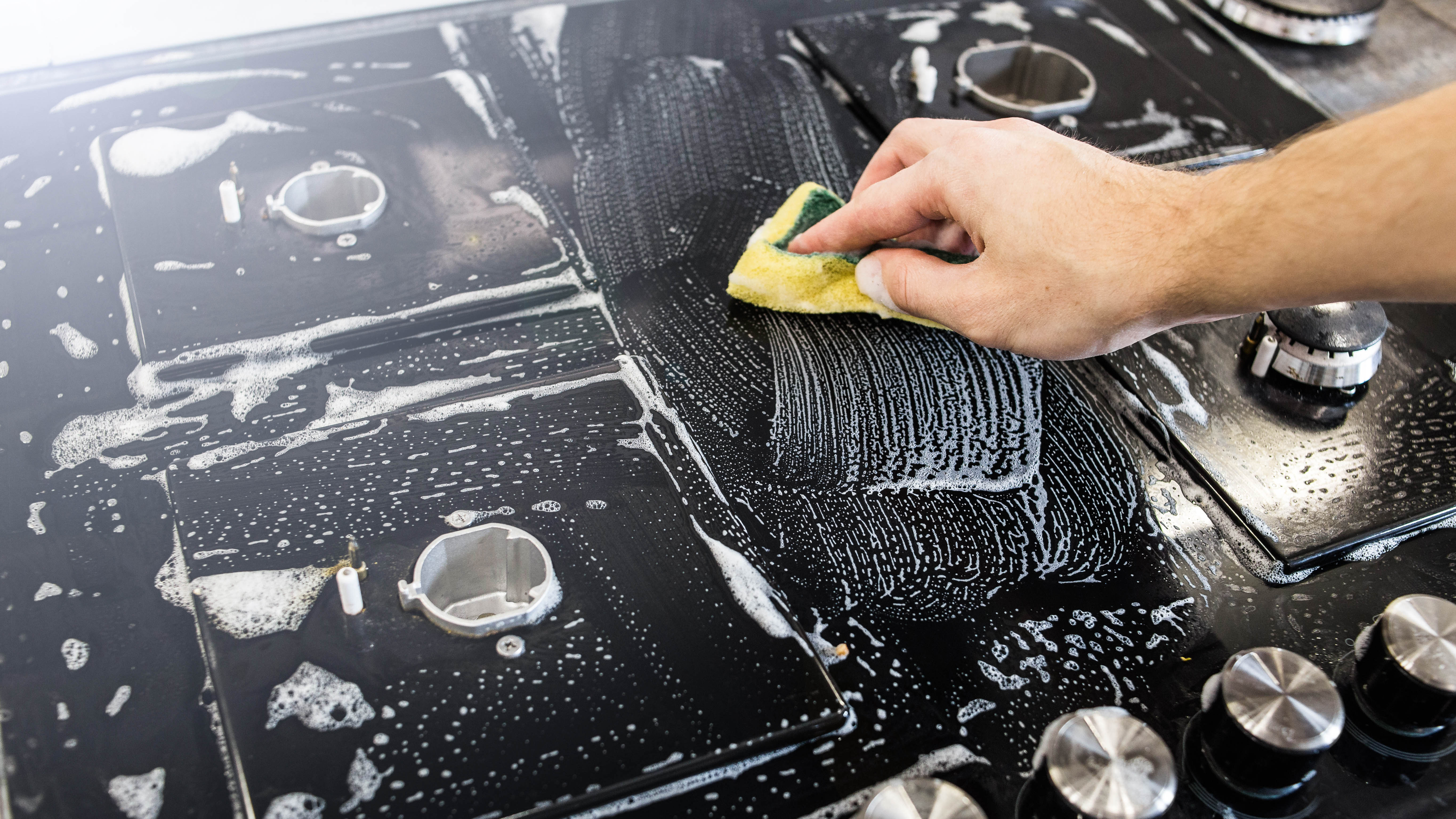Metroid Dread: What you need to know before you play
Learn about Metroid Dread before you dive in

There wasn’t much time between Metroid Dread’s initial announcement and its full release — four months, to be exact. Without any warning, Nintendo announced a brand-new side-scrolling Metroid game at E3 2021, and it quickly became one of the year’s most anticipated games. Now that Metroid Dread is here, we can say that it’s an excellent showcase for the Nintendo Switch OLED, and an even better game in its own right.
There’s only one problem: Metroid Dread is a sequel to a game that came out 19 years ago.
We're not kidding. While we’ve had a handful of Metroid games since then, Metroid Fusion in 2002 was the last side-scrolling Metroid game to move the story forward. As such, you might not remember what happened last time around; some younger Nintendo fans had probably not even been born yet.
Luckily, as story-driven games go, Metroid is a fairly comprehensible series. While there’s an ambitious narrative happening in the background, most Metroid games put exploration and atmosphere first and foremost, and tell simple stories with only a few major plot points. Metroid Dread, however, has the franchise’s most comprehensive story yet, tying in elements from almost every previous Metroid game.
Whether you’ve been away from the series for a while, or want to jump in for the first time, I’ve compiled a list of general Metroid Dread tips, as well as a primer on the story so far.
Metroid gameplay basics

Metroid Dread, like most previous Metroid games, is a side-scrolling action/adventure game with a big focus on open-ended exploration. As you make your way across the dangerous Planet ZDR and uncover more of the map, you’ll unlock various upgrades that help you reach previously inaccessible areas —a double jump, for example, or armor that lets you withstand high temperatures. This genre of game is known as a Metroidvania. (No points for guessing the names of the two series that pioneered it.)
Metroid games generally have tough boss fights, but the room-by-room exploration isn’t too difficult. As such, if you have any facility with side-scrollers, you can just dive into Metroid Dread and pick up the basics as you go. My only words of wisdom are as follows:
- Save optional upgrades for later. They’re easier to obtain with late-game gear
- If you don’t know where to go next, just look for rooms on your map you haven’t explored
- There’s no shortcut to beating bosses. Just learn their patterns and be ready for multiple attempts
- Use missiles, bombs or anything else at your disposal with abandon. They’re easy to replenish
Beyond that, mastering a Metroid game is simply a matter of mapping out your surroundings.
Metroid: The story so far

While every Metroid game is part of the same continuity (well, maybe not Metroid Prime Pinball), the series generally has two branches — the main branch, which comprises all the side-scrollers, and the Prime branch, which comprises all the first-person shooters. There is definitely some overlap between the mainline and Prime narratives, but Metroid Dread mostly concerns itself with the former.
Things kicked off with Metroid for the NES (remade as Metroid: Zero Mission on GBA), which introduced us to series protagonist Samus Aran. Samus is a bounty hunter who was raised by a mysterious spacefaring race called the Chozo. In her first adventure, the Galactic Federation sends Samus to hunt down a group of space pirates on the planet Zebes. There, she encounters Metroids: a race of deadly alien predators.
In Metroid II: Return of Samus on the Game Boy (remade as Metroid: Samus Returns on 3DS), Samus journeys to the planet SR388 to hunt down the remaining Metroids. She succeeds, but spares a baby Metroid that believes Samus is its mother.
Super Metroid on the SNES continued the story, with Samus returning to Zebes to tackle the Space Pirates once again. When recurring villain Mother Brain threatens Samus’s life, the baby Metroid sacrifices itself to rescue the bounty hunter.
Matters became even more complicated in Metroid Fusion for GBA. A deadly organism called an X Parasite infects Samus. To save the bounty hunter, Galactic Federation scientists inject her with Metroid DNA. As it turns out, the ancient Chozo created Metroids specifically to hunt X Parasites, and now Samus has to finish the job. She does so, and it seems as though both the Metroids and the X Parasites are gone from the galaxy.
After a 19-year hiatus, Metroid Dread continues the story. And, since it provides a handy recap before the first level, that’s really all you need to know if you want to dive into the series. You can currently play Metroid and Super Metroid via the Nintendo Switch Online service; some of the other games are a bit hard to hunt down.
Is it worth playing Metroid Dread?

Metroid Dread is one of the finest Nintendo exclusives in years, rewarding fans’ patience with a challenging and brilliantly designed adventure. If you’re a returning fan, this is what you’ve been waiting for. And if you’re a newcomer, it’s a perfect place to give the series a try.
If you enjoy Metroid Dread, I’d recommend checking out Super Metroid next. (The original Metroid is a little rough around the edges.) After that, Samus Returns is a good bet for 3DS owners — but good luck tracking down the rest of the series.
Sign up to get the BEST of Tom's Guide direct to your inbox.
Get instant access to breaking news, the hottest reviews, great deals and helpful tips.
Marshall Honorof is a senior editor for Tom's Guide, overseeing the site's coverage of gaming hardware and software. He comes from a science writing background, having studied paleomammalogy, biological anthropology, and the history of science and technology. After hours, you can find him practicing taekwondo or doing deep dives on classic sci-fi.

